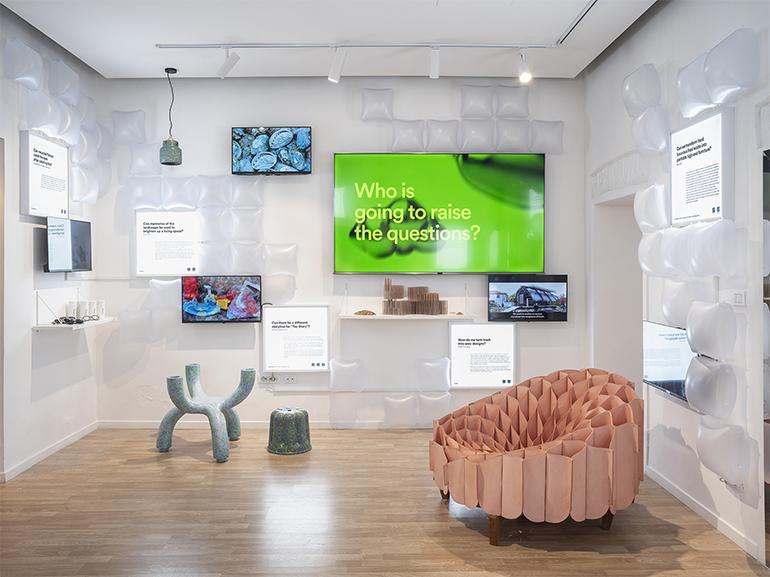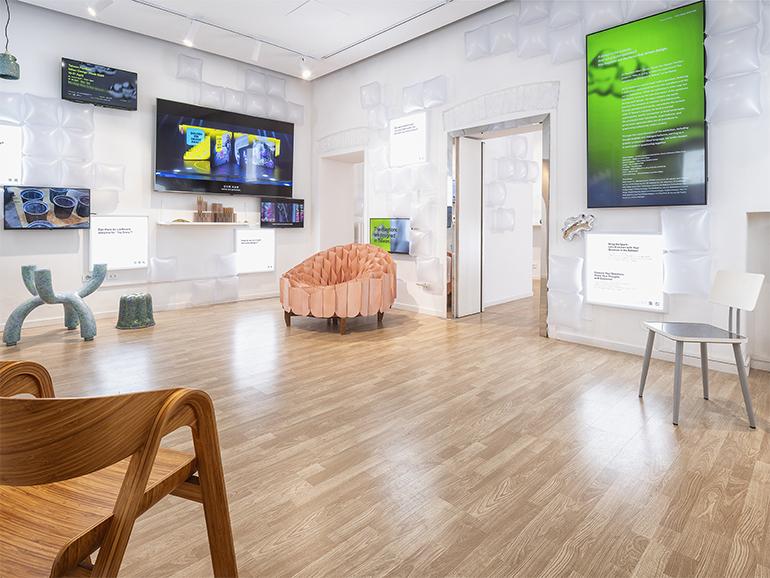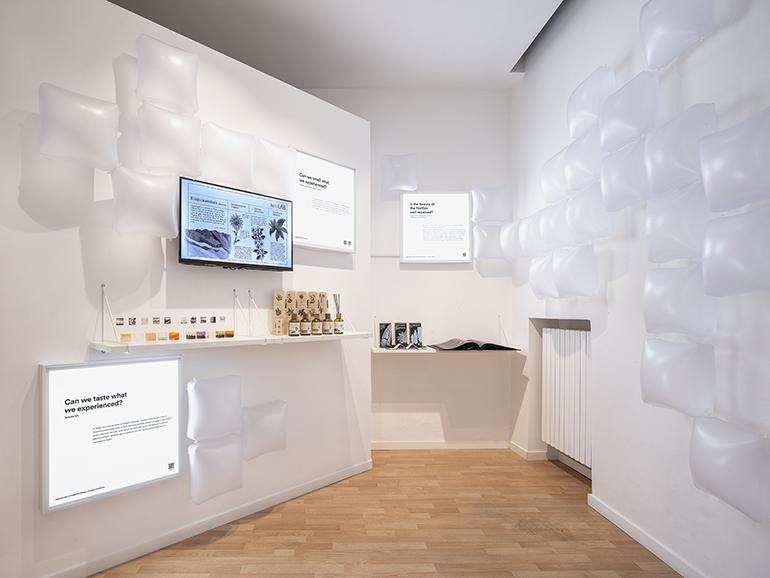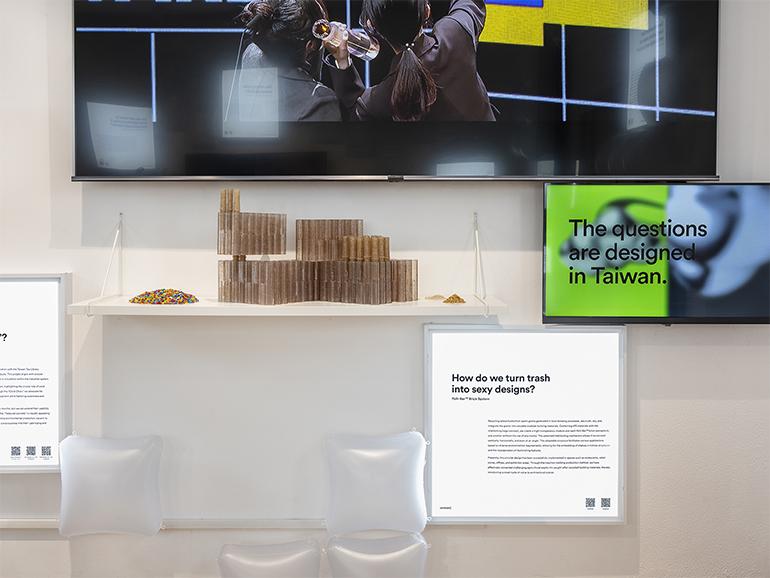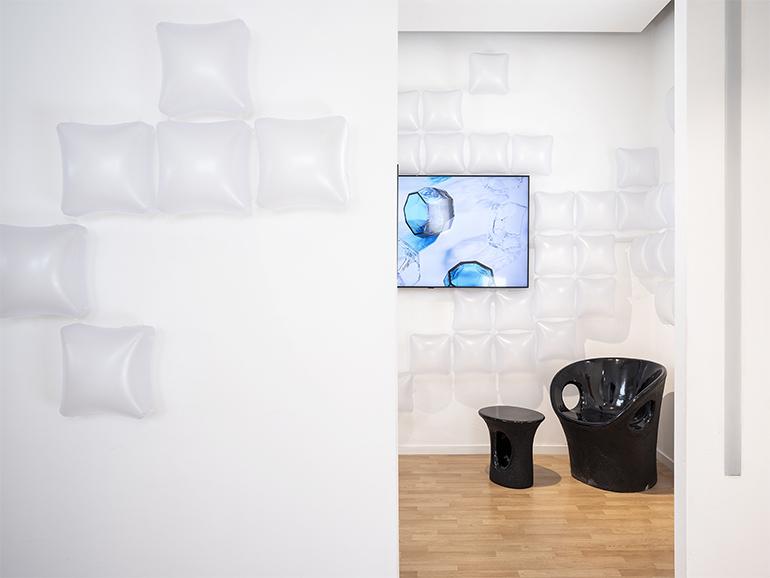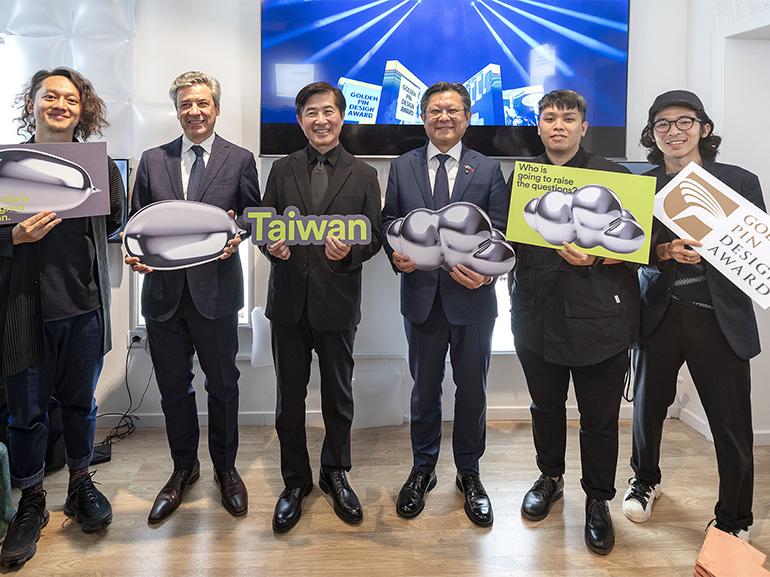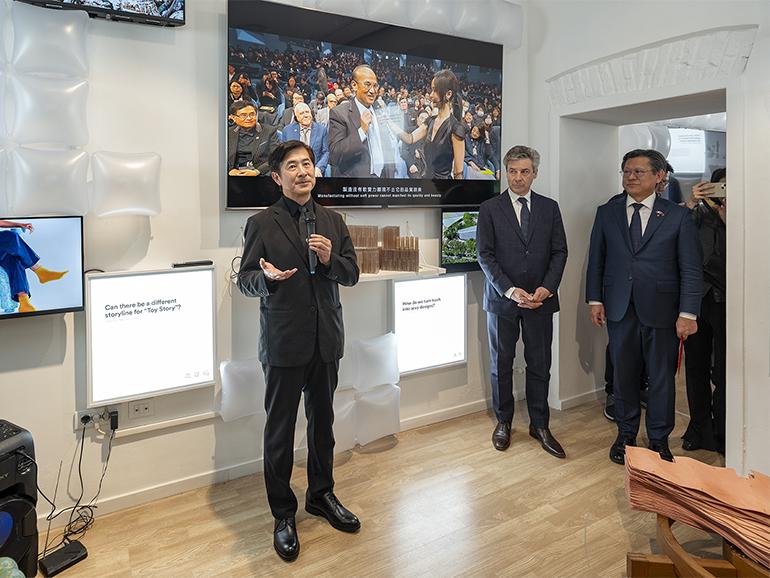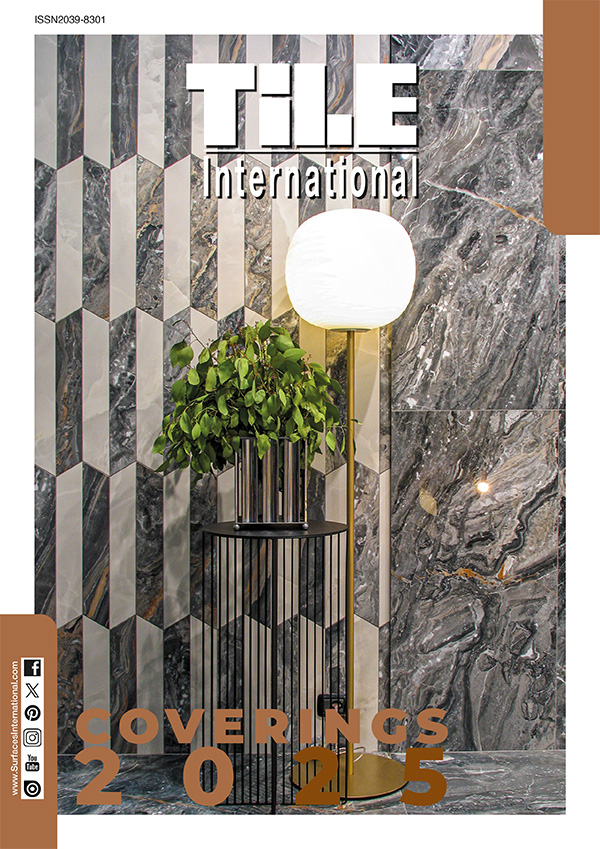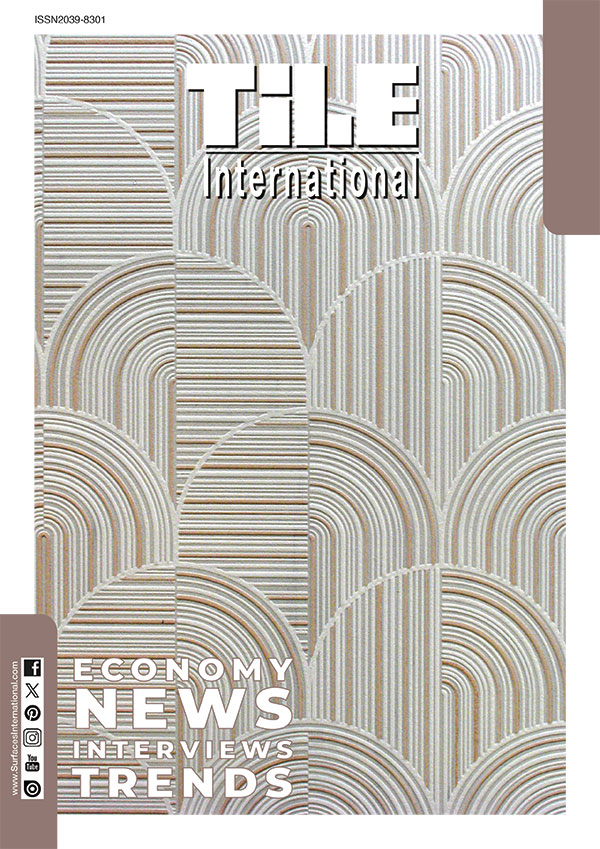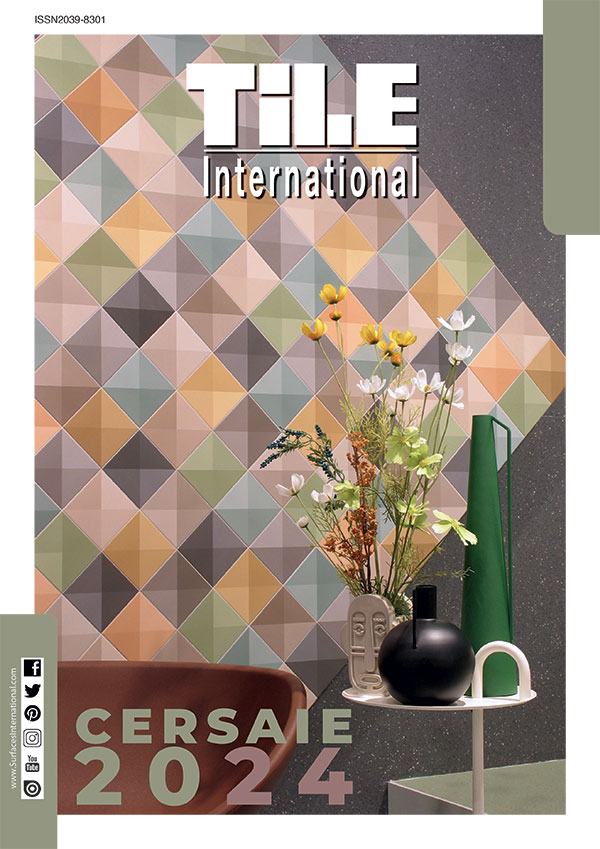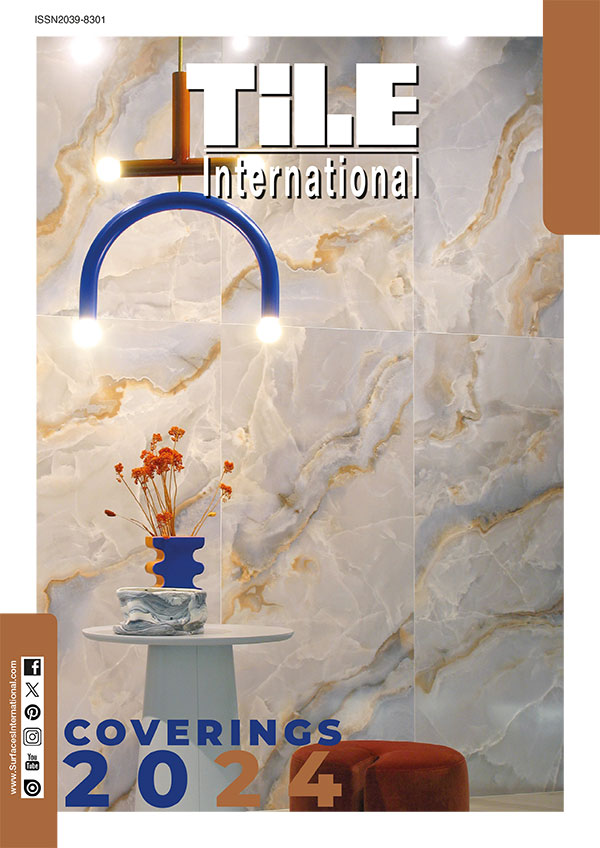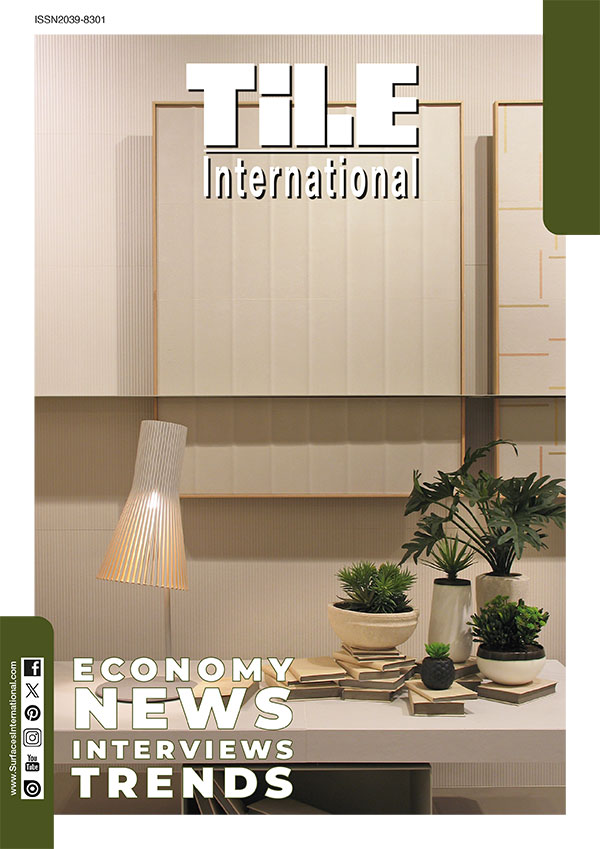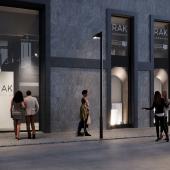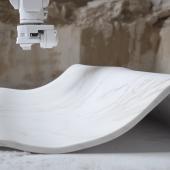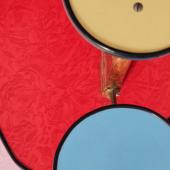Taiwan design showcased at Milan Design Week
Who will ask the right questions in this age of complex transformations? On display at the first Taiwan Pavilion in Milan, fifteen Taiwanese studios and brands are confronting global issues from the point of view of local material culture and reflections. Through their projects, they examine the role of design in contemporary society and the value of design thinking in asking questions correctly. The questions, in fact, are designed in Taiwan.
The exhibition not only aims to highlight Taiwanese material culture and the state of the art of local design, but also to challenge conventions and redefine the boundaries of creativity in solving global and collective problems. The fifteen participating designers and brands, already awarded by the Golden Pin Awards selecting design excellence, represent a diverse and exemplary range of talents and perspectives on local identity and project values within broader issues, such as environmental impact and holistic design. The products on display - from home accessories to furniture, from sustainable textiles to materials from recycled and post-industrial resources - allow us to reflect on the role of design in the innovation industry, promoting a new paradigm of quality and production models that leverage technology to make progress towards social and manufacturing sustainability goals.
"We aim to export Taiwan’s design to the world," says Chi-Yi Chang, TDRI President, "showing our vibrant and dynamic design ethos to an international audience and highlighting the creativity, innovation and craftsmanship that define Taiwanese culture. At TDRI, we believe that design is an essential tool for interdisciplinary cooperation and that, integrated in the business and operational strategies of the productive sectors, can give strength to young people and promote growth."
"We weren’t just looking for good projects," said curators Eric Yu and Tsung-Yen Hsieh, "we were looking for voices that resonated with the rhythm of our times. We have identified designers and companies with a proven track record of pushing boundaries and contributing significantly to the design industry."
“Who is going to raise the questions?”. Projects showcased
The selection of the fifteen designers and brands wants to highlight the identity of Taiwanese design: the vision of what local design is and what it can become. Chosen through the Golden Pin Awards, the projects are heterogeneous both in scale and in the notoriety of their designers, combining students work from the Industrial Design department of Tunghai University or Ling Tung University to that of studies such as MINIWIZ, noted for its many years of research in post-consumer materials and circular economy processes. The mechanism of joint patented is shown at the Taiwan Pavilion, without mortar, for bricks in Polli-Ber™, polymer composite from agricultural waste.
One of the key threads between the projects is in fact the circular economy and the upcycling of both post-industrial and natural materials. Processes that arise at local level, in the resources and technologies available, to rethink the deep-rooted productive activities. Such circular systems are not only research but already part of industrial processes that show how design shifts over the entire product life cycle, from material procurement to end-of-life.
Among the examples, the Green Footprint Int'l Co. recycles plastic from the toy industry to create modular and stackable seats that can be used by children and adults. Or UKL Enterprise Co. uses pineapple leaf fiber, of which Taiwan is a large manufacturer and exporter, to create fabrics for fashion. Or again, Hsiang Han Design with W Glass Project requalifies glass from ocean waste or from the ITC (Information and Communication Tecnologies) sector to make home blown glass accessories.
This latest project, as well as the bamboo chair by s2studio, a local and highly regenerative material, which integrates additive design with layered assembly techniques to minimize production waste, are examples of "innovation in tradition" the ability to reread low-cost materials with highly qualified techniques, both artisanal and industrial, passing from being subcontractors to producers of complex goods.
"Taiwan has an extraordinary mix of flexibility, openness and innovation," convey curators Eric Yu and Tsung-Yen Hsieh. "And it all starts with our best technological and productive skills. But we are not only 'high-tech', we also focus on sustainability including the use of materials, craftsmanship and technology. We are at the forefront of global trends towards the environment and Taiwan’s role as a manufacturing hub is evolving. The exhibition aims to highlight the new challenges emerging from the industrial landscape and the transition from 'Made in Taiwan' (MIT) to 'Designed in Taiwan' (DIT)".
An exposition between products and flying thoughts
When visitors enter the Taiwan Pavilion, they find themselves in a kind of cloud full of comics, as if they were immersed in someone’s thoughts and questions. "Who am I?" and "Where am I from?" are ontological issues that help us understand ourselves and our communities and, through design, allow us to promote a meaningful future. The entire exhibition hall is dotted with "dialogue balloons" and "thought balloons" that evoke comic strips and create a dialectic between thoughts and spoken words.
The set designed by Atelier SUPERB, with the graphics of S.SELECT LAB, divides the environment into three areas: the first collects projects focused on upcycling waste. The second welcomes sustainable brands and products with high recycled compositions. The third is an interactive space with an area where visitors can write down their thoughts. Each of the exhibited products is accompanied by a question that stimulates deeper reflection and appears alongside LED screens that illustrate the production processes or capture the landscape of Taiwan. The views show both the beauty and the ugliness of the Island, like discarded waste on the beaches, offering visitors an unusual and less predetermined view.
The perspectives of Taiwanese design and the role of TDRI
The exhibition highlights that the future of Taiwanese design is linked to the urgent issues of sustainable development, environmental conservation, and adaptation to climate change. He also stresses the need to rethink work in the face of digitalization and automation, as well as improving the education and vocational training of future designers. These prerequisites are also the mission of the TDRI (Taiwan Design Research Institute), the national body for the promotion of design in Taiwan.
"Our goal", says Chi-Yi Chang, TDRI President, "is to encourage innovation in all sectors through our interdisciplinary platform, offering design services powered by research, design thinking and methodology. We are promoting industrial innovation through design and, as a result, the competitiveness of Taiwanese industries, for example, from the production of ICT components to a high value-added product industry. We work in cooperation with the Central Government and the Ministries of Education, Economy and Transport, but also with local government bodies, to encourage initiatives on improving public services, analysing trends and optimising the quality of service for the benefit of the public. We promote innovation and social value through cross-border design initiatives, public participation and partnerships between companies and non-profit organizations. Finally, we actively promote international exchanges to facilitate collaboration and knowledge sharing. We also cultivate emerging talents through exhibitions, competitions and projects. In essence, our efforts span all sectors, promoting Island design and innovation and Taiwanese design ability on a global scale".
On the opening day of the Taiwan Pavilion, April 15, 2024, the TDRI collaborates with the ADI (Association for Industrial Design) in the organization of a series of talks and meetings aimed at facilitating international exchange between designers from Taiwan, Italy and other countries, so that the occasion of the Design Week becomes the seed for future collaborations.
Credits ©Matteo Cirenei

